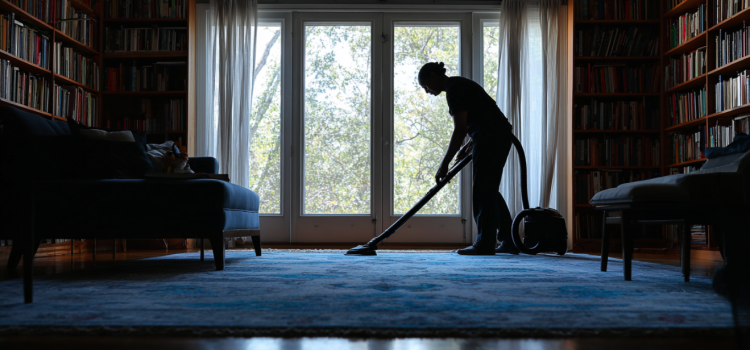Do you often make snap judgments about people that leave you feeling disconnected and alone? In our swipe-left culture, we’ve become experts at writing people off at the first sign of imperfection, but psychologist Ali Fenwick argues this approach is robbing us of meaningful connections. Fenwick’s “Red Flags, Green Flags” framework offers a refreshing alternative to our tendency toward instant dismissal. Rather than viewing red flags as automatic deal-breakers, his RED system encourages deeper examination of both our reactions and others’ behaviors. Meanwhile, his GREEN framework helps identify the genuine qualities that make relationships worth nurturing. Keep reading for an
Red Flags, Green Flags by Ali Fenwick: Overview & Dating Tips










